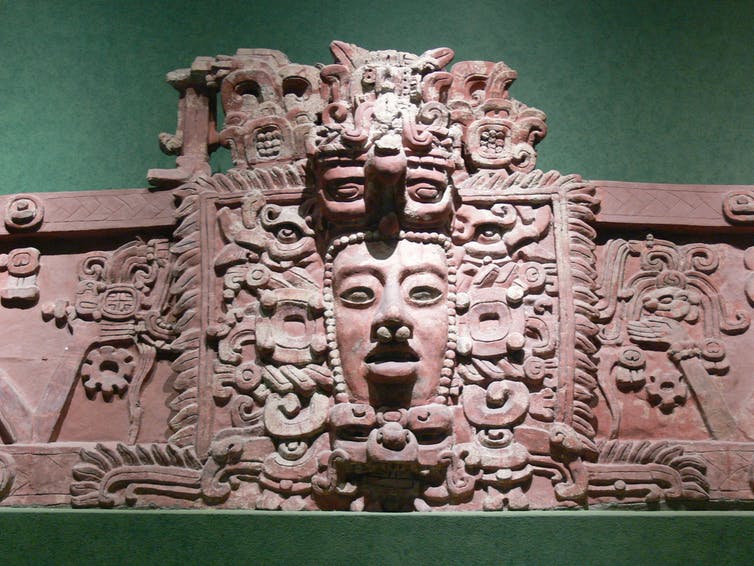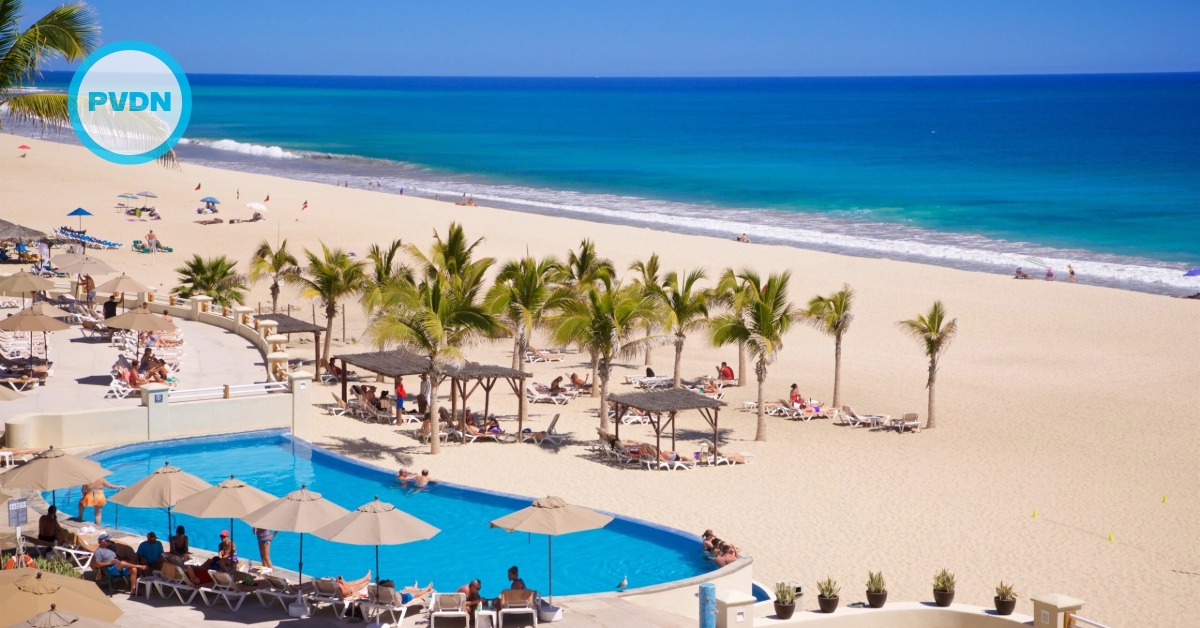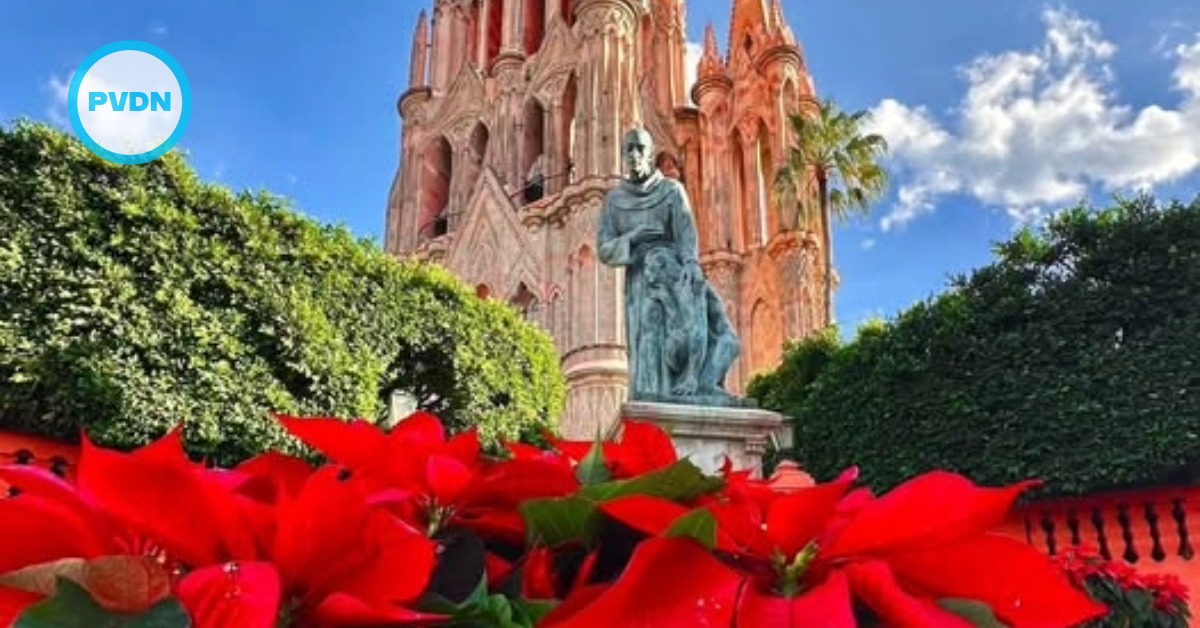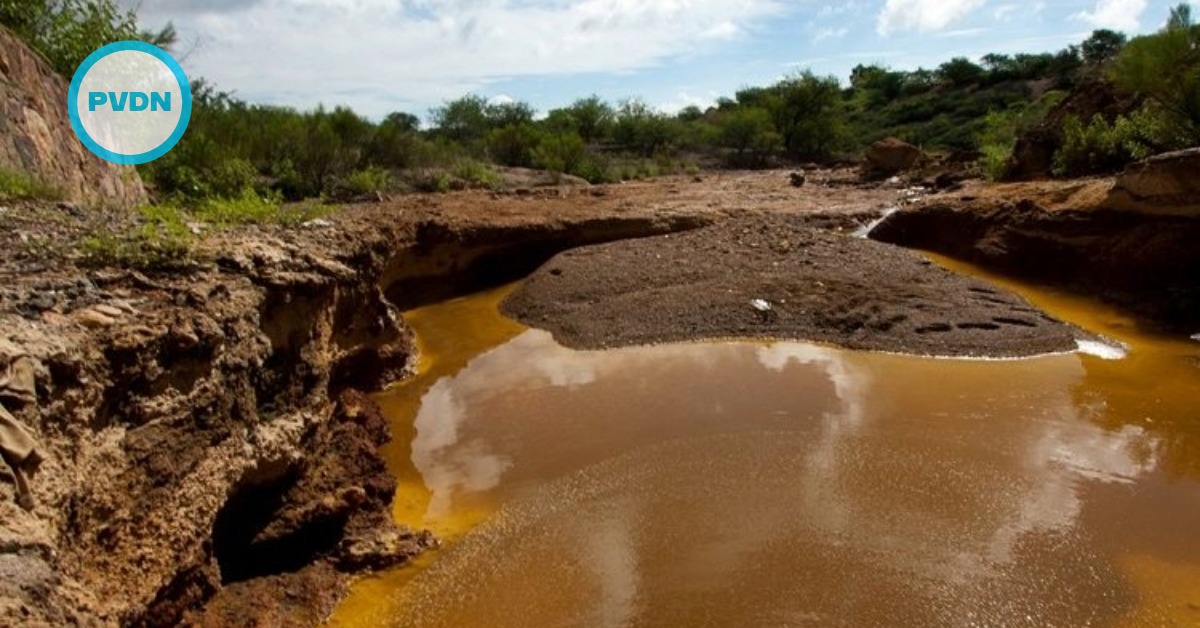Carbon dioxide concentrations in Earth’s atmosphere have reached 415 parts per million – a level that last occurred more than three million years ago, long before the evolution of humans. This news adds to the growing concern that climate change will likely wreak serious damage on our planet in the coming decades.
While Earth has not been this warm in human history, we can learn about coping with climate change by looking to the Classic Maya civilization that thrived between . . .






